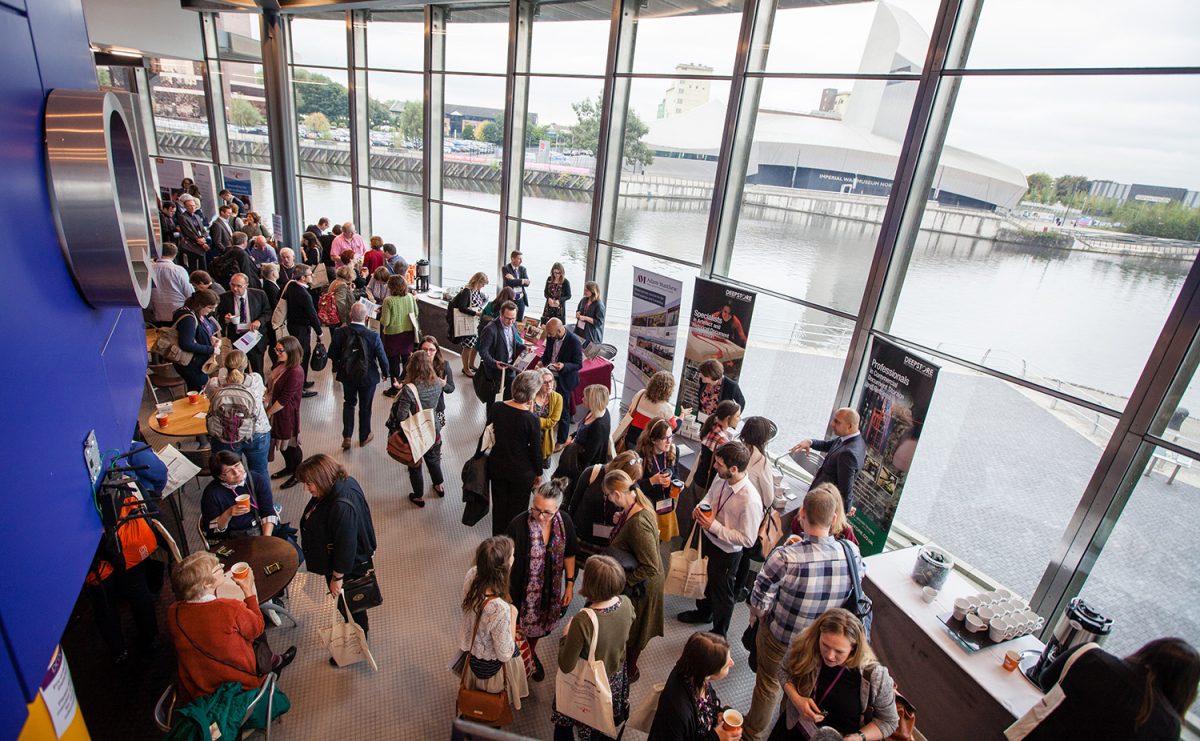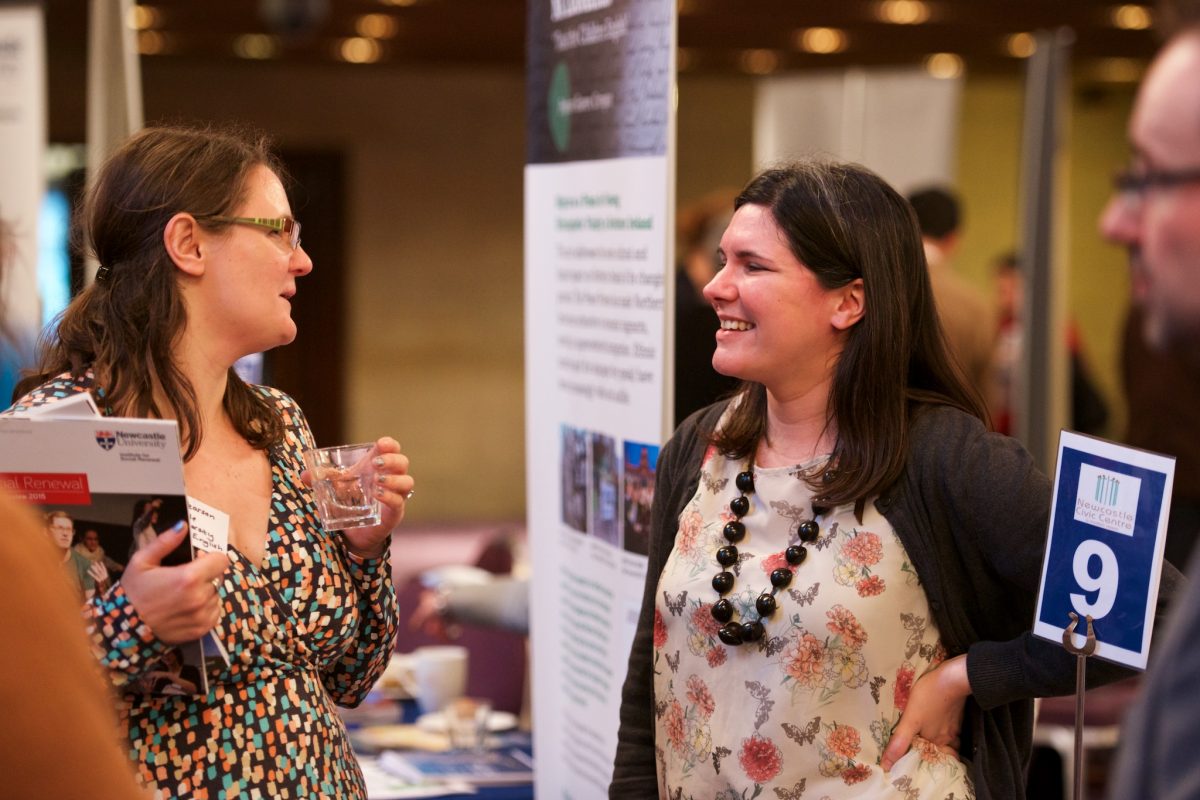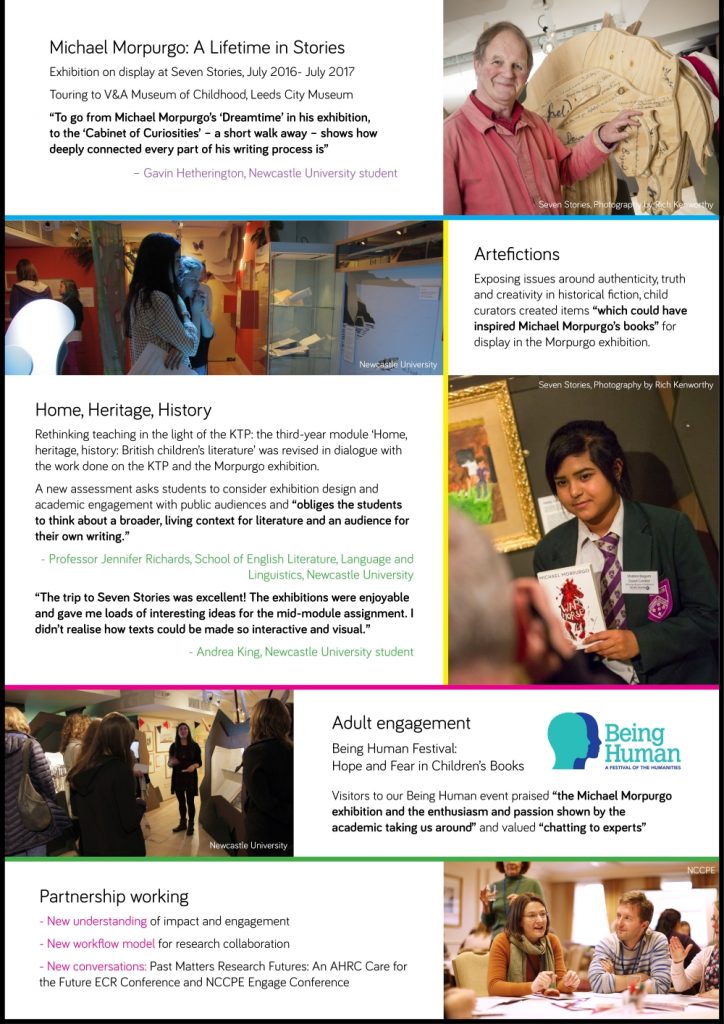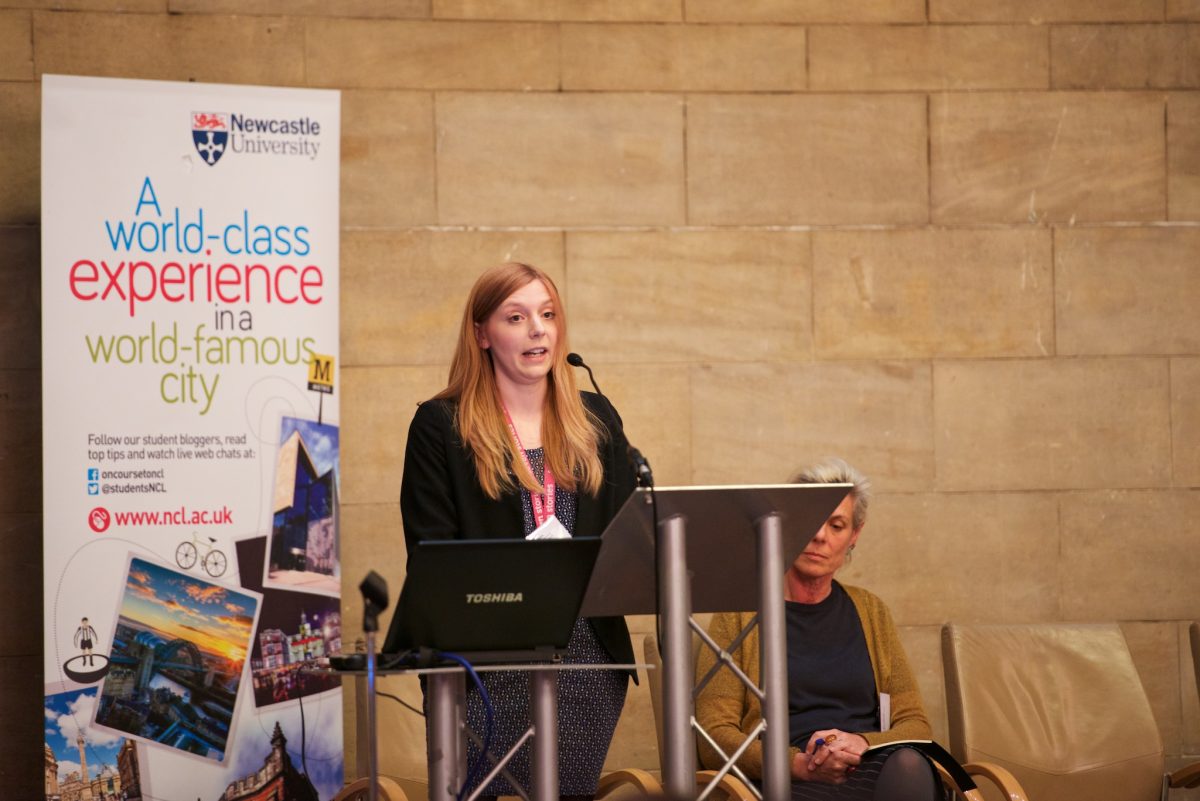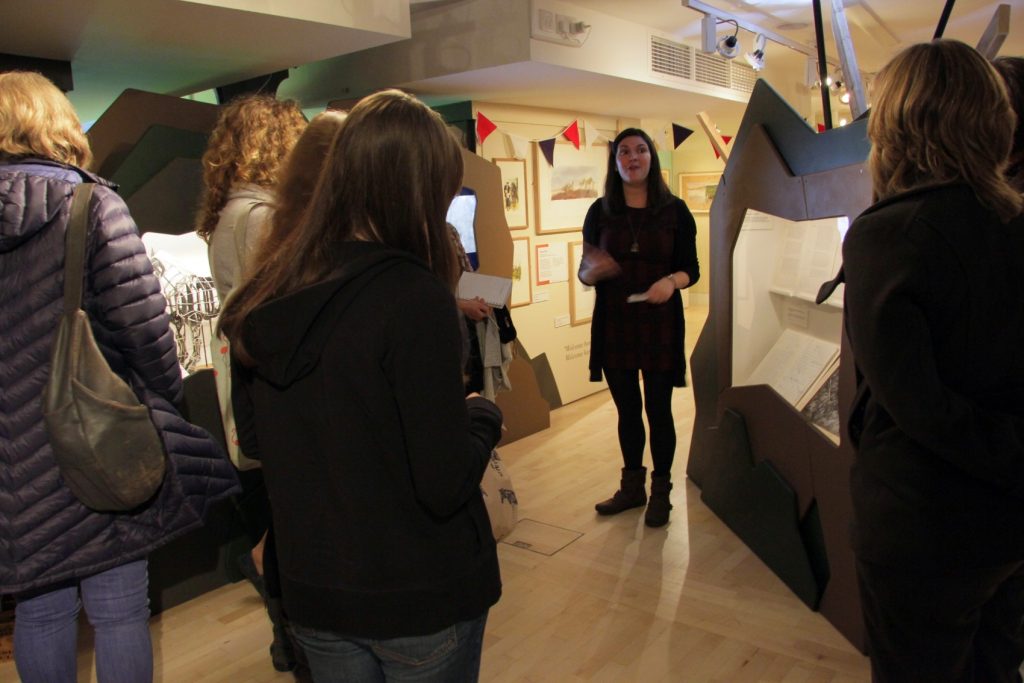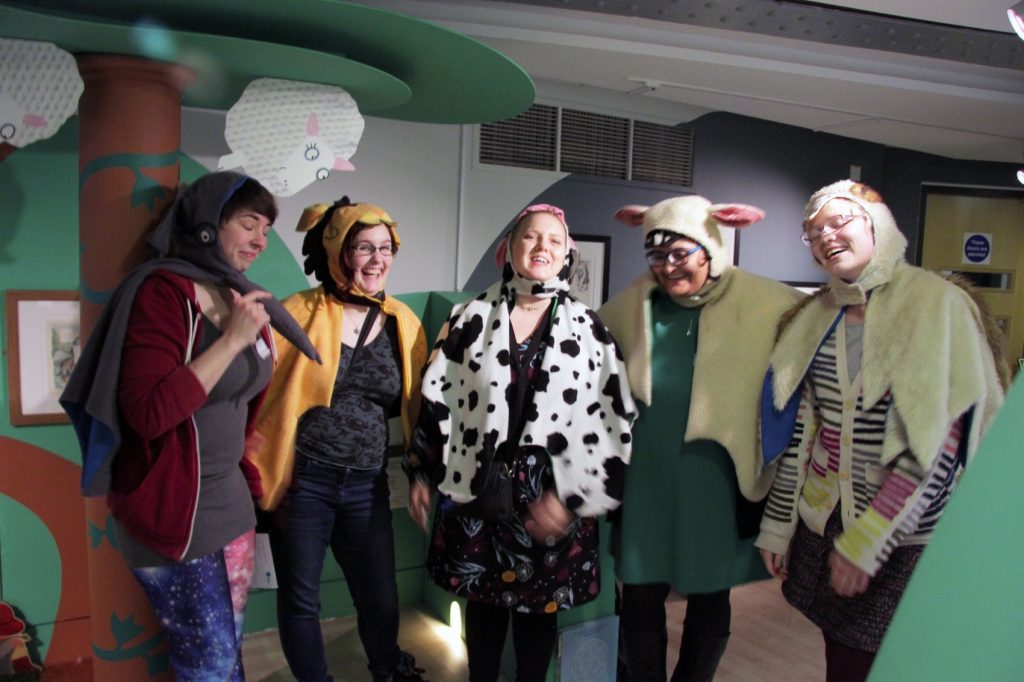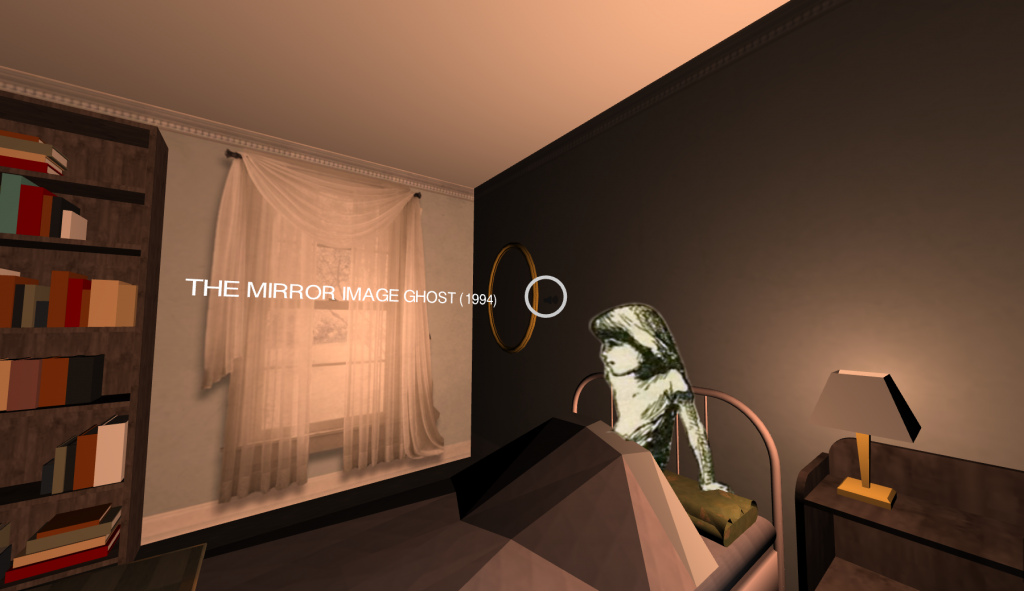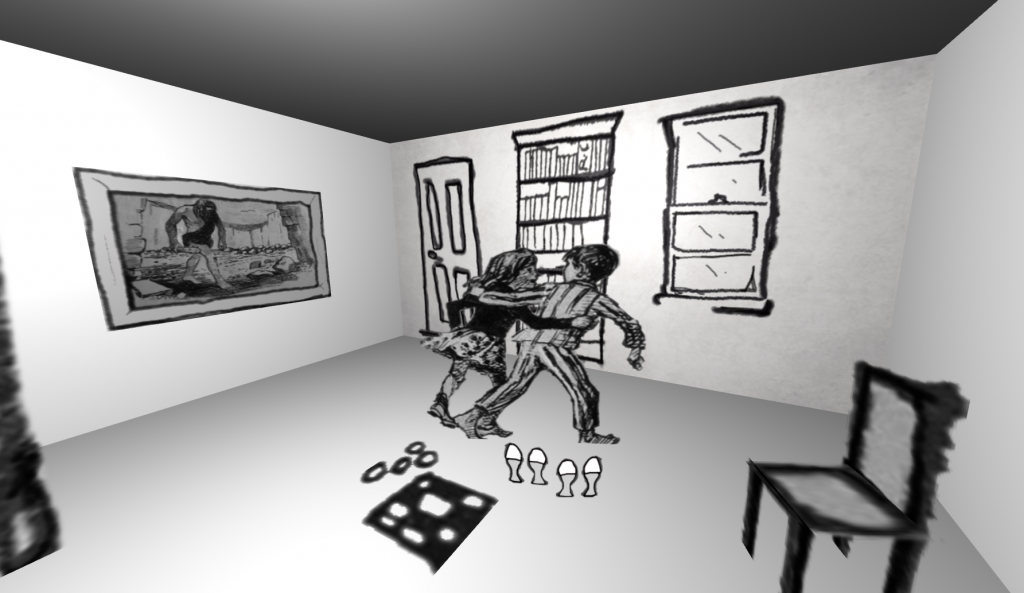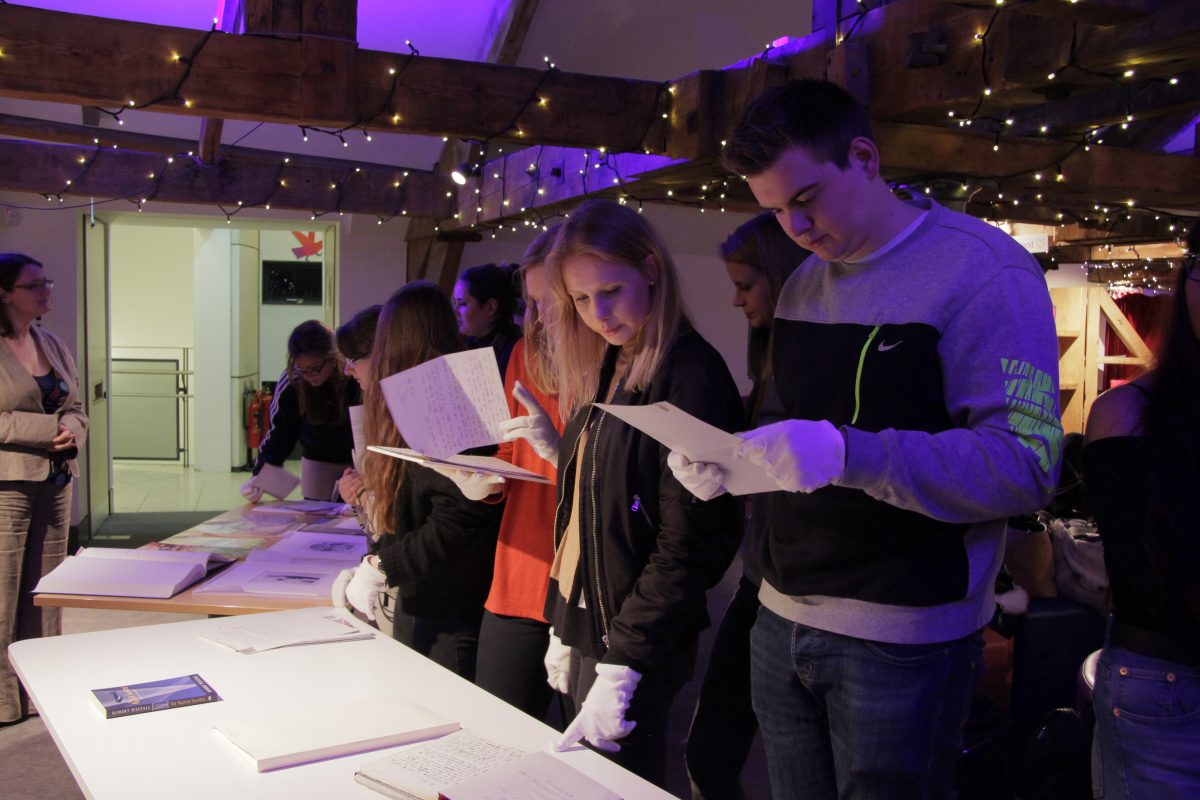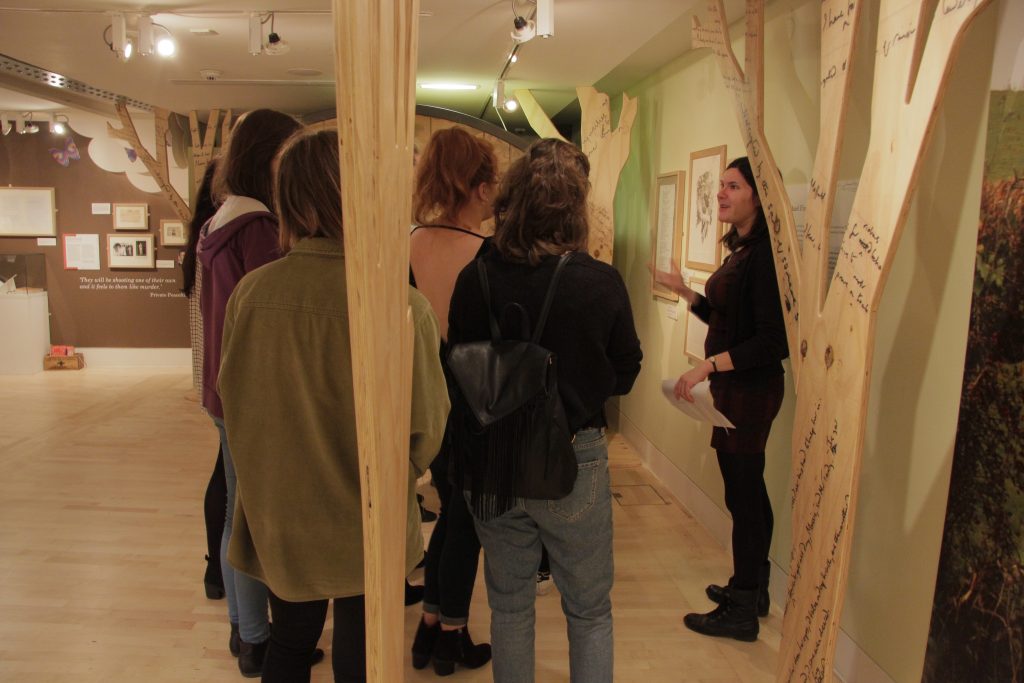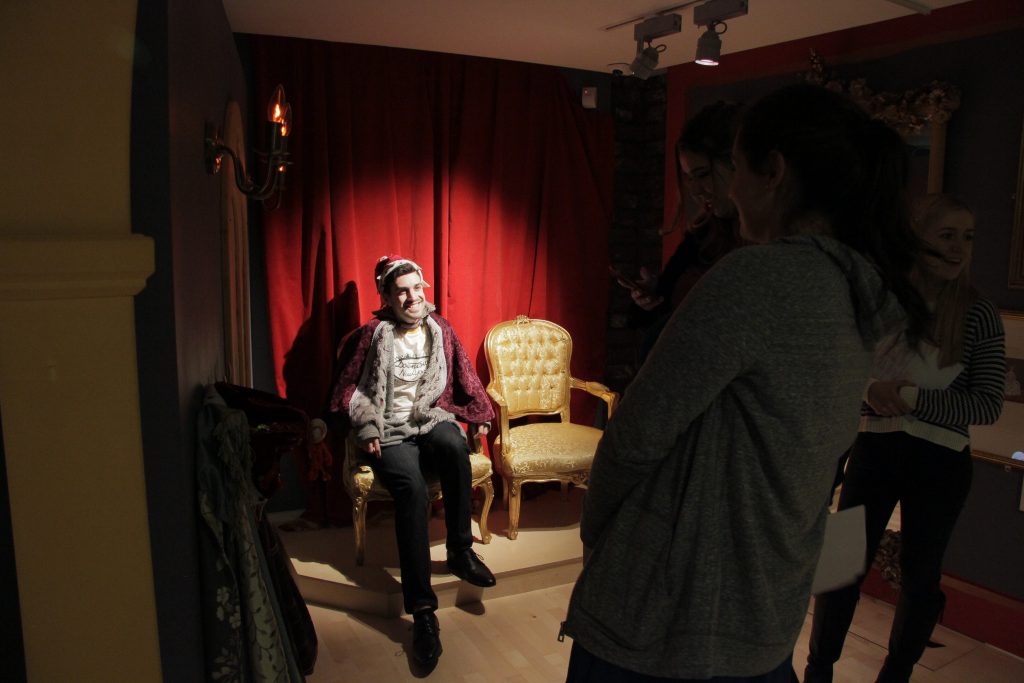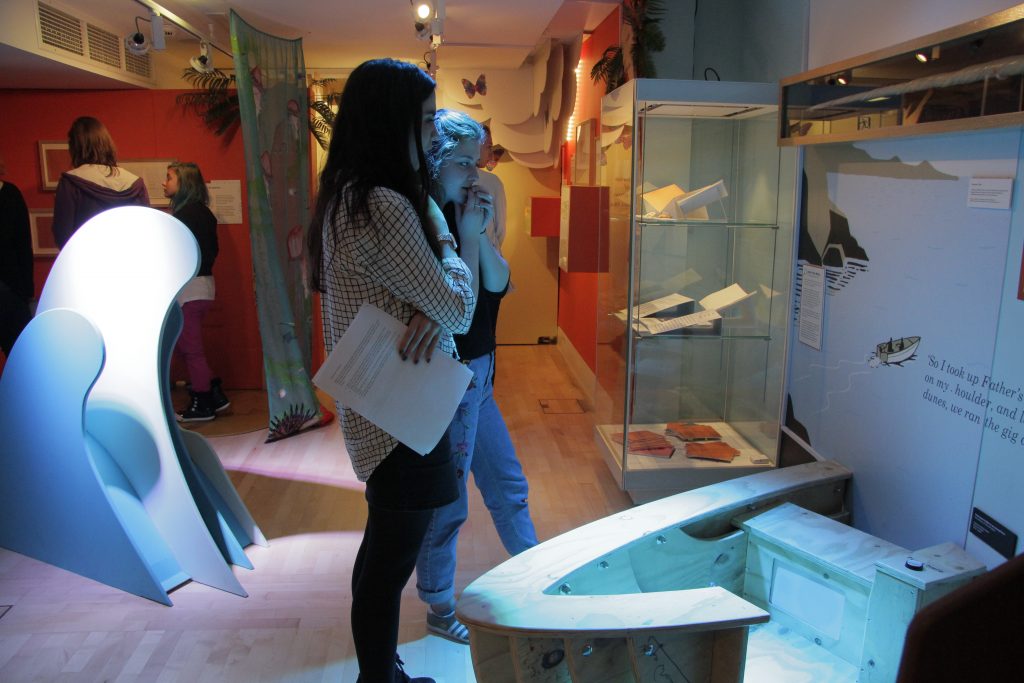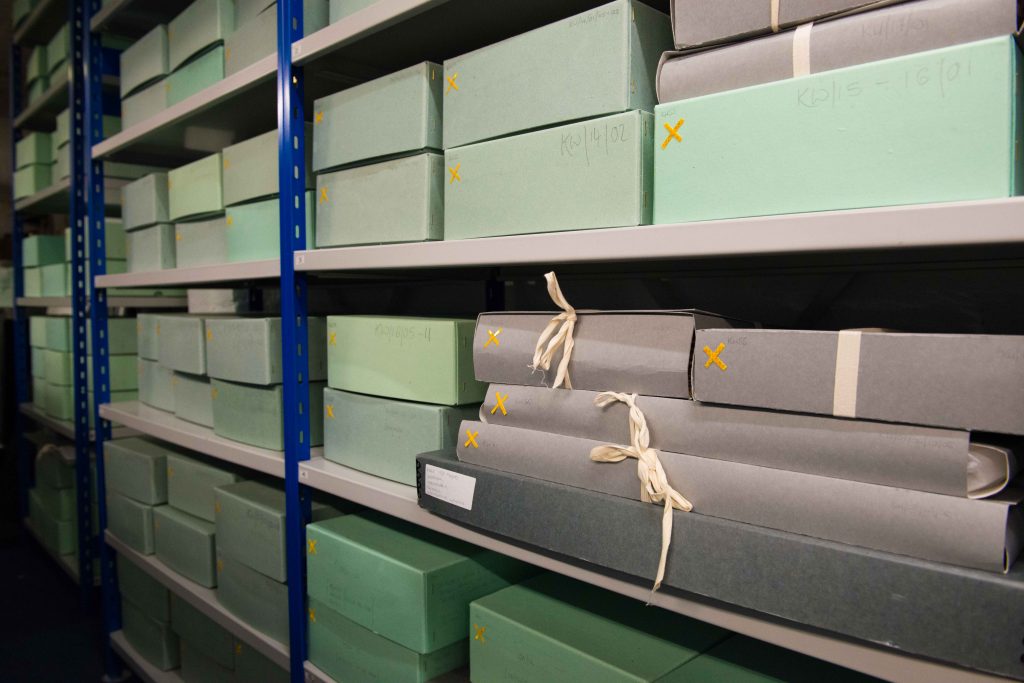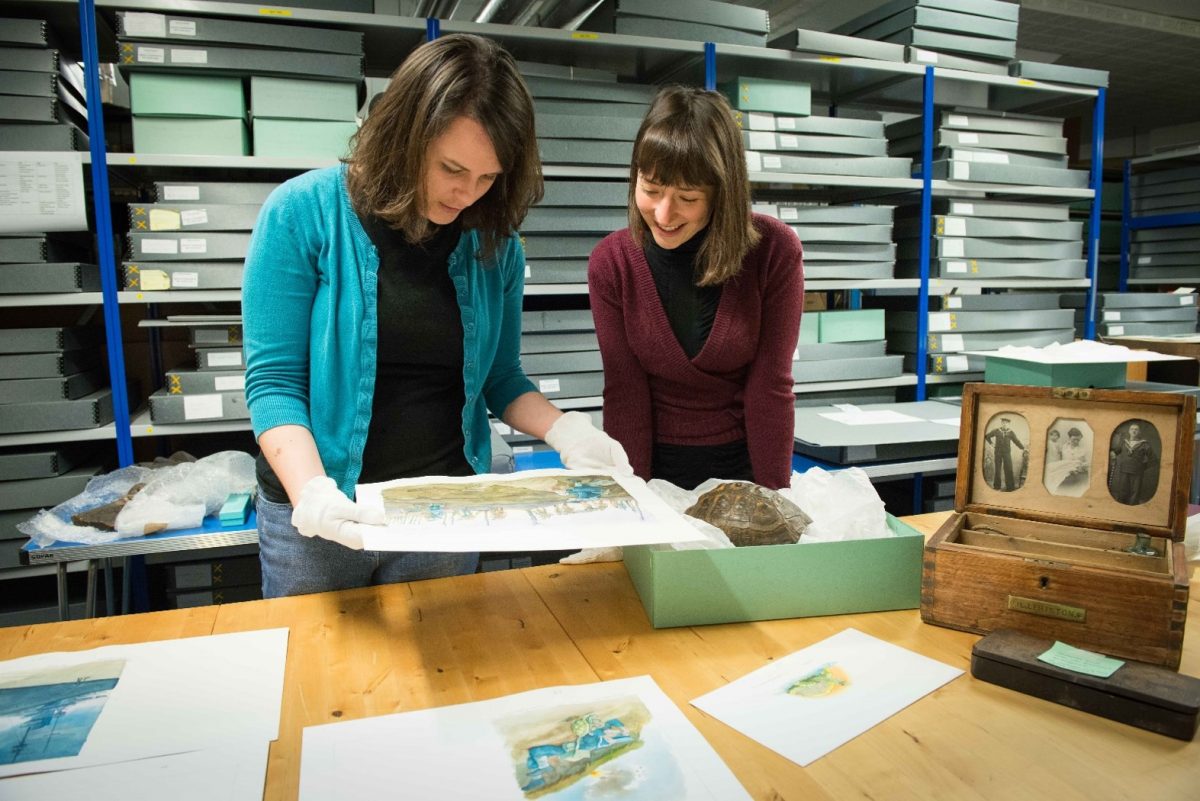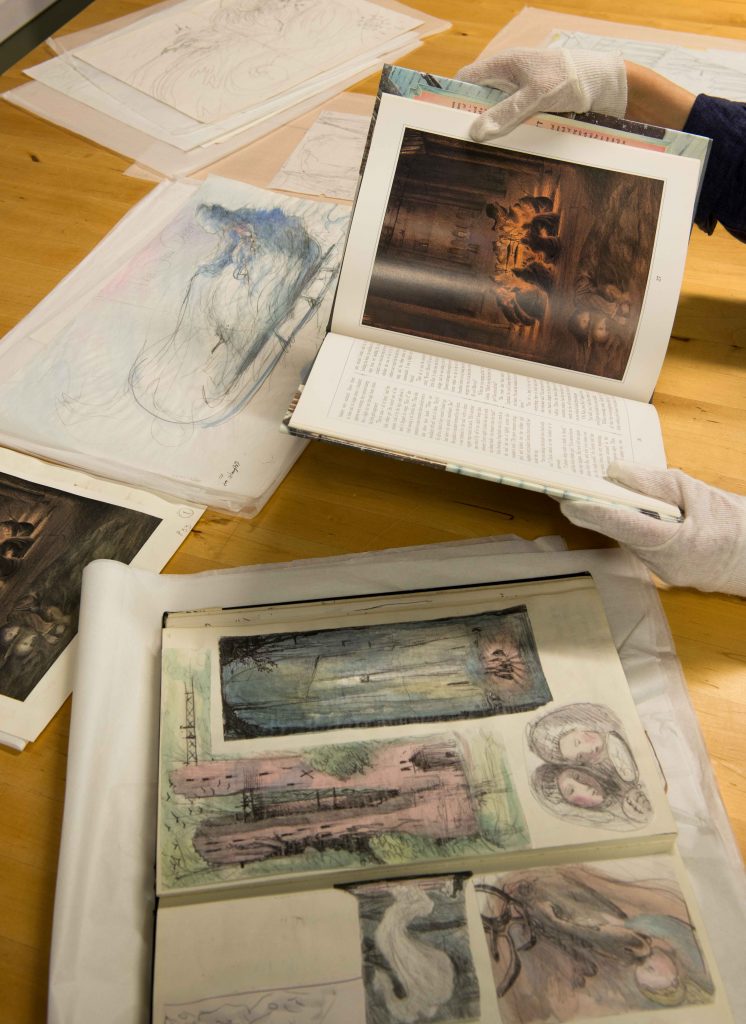In the 2014 Research Excellence Framework (REF), Newcastle University submitted an Impact Case Study about the Children’s Literature Unit’s work with Seven Stories: Promoting the preservation, presentation and public understanding of children’s literature with Seven Stories, the National Centre for Children’s Books.
This Impact Case Study received a 4* grading, defined as ‘outstanding impacts in terms of their reach and significance’. This contributed to Newcastle University ranking first out of all UK HEIs for impact in English Language and Literature.
REF2014 really highlighted the excellence of the partnership between the two organisations and what we could achieve together. Following this REF2014 success, Newcastle University and Seven Stories’ Vital North Partnership programme began in 2015, and aims to strengthen and scale up our collaboration.
So, how did this partnership lead to a REF2014 Impact Case Study, and what have we been doing since then? Well, I gave a paper on that very subject back in October as part of a panel on REF Impact and the Heritage Sector at The National Archives and Research Libraries UK’s Discovering Collections, Discovering Communities conference. Take a look:
From Warhorse to the Wombles: Seven Stories and Newcastle University
Of course, Newcastle University has a number of strong partnerships with the cultural sector, and Seven Stories’ weren’t the only museum mentioned in their REF Impact Case Studies. And this reflects the submissions of HEIs across the country: 837 of the submitted Case Studies mentioned ‘museum/s’ and 40% of all arts and humanities Impact Case Studies involved museums in some way.
The National Co-ordinating Centre for Public Engagement, reviewing this data, reflects that there are opportunities here to widen both the discipline base, create collaborations in new areas of museum practice, and broaden the approach to impact; I think that the Vital North Partnership is really helping Newcastle University to grasp the range of opportunities that working with Seven Stories presents.
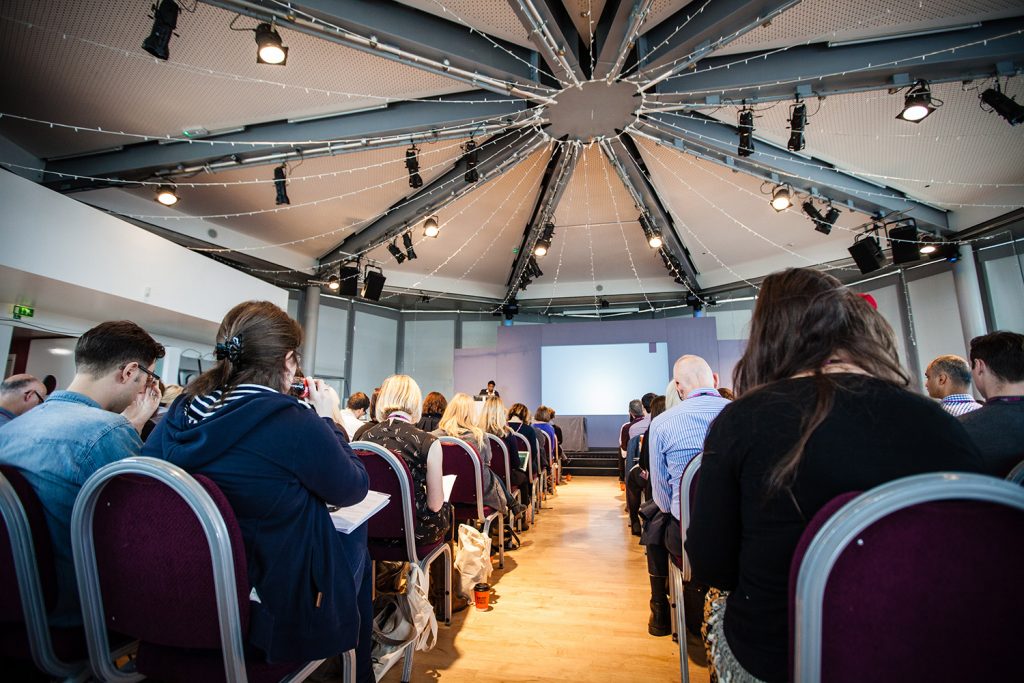
Now, higher education funders and institutions are looking to the next REF in 2021. Lord Stern’s independent review of REF2014 was published in July 2016, and the four UK higher education councils are currently consulting on detailed arrangements for a second REF. We don’t know the details of REF2021 just yet, but the focus on research having impact beyond the academic environment and assessing this through Impact Case Studies looks set to continue.
Excellence in children’s literature is central to the Vital North Partnership’s vision. And thinking about the collaboration between Newcastle University and Seven Stories from the perspective of REF Impact, it seems to me that sustained and embedded partnership activity is an effective way of achieving and evidencing this.


